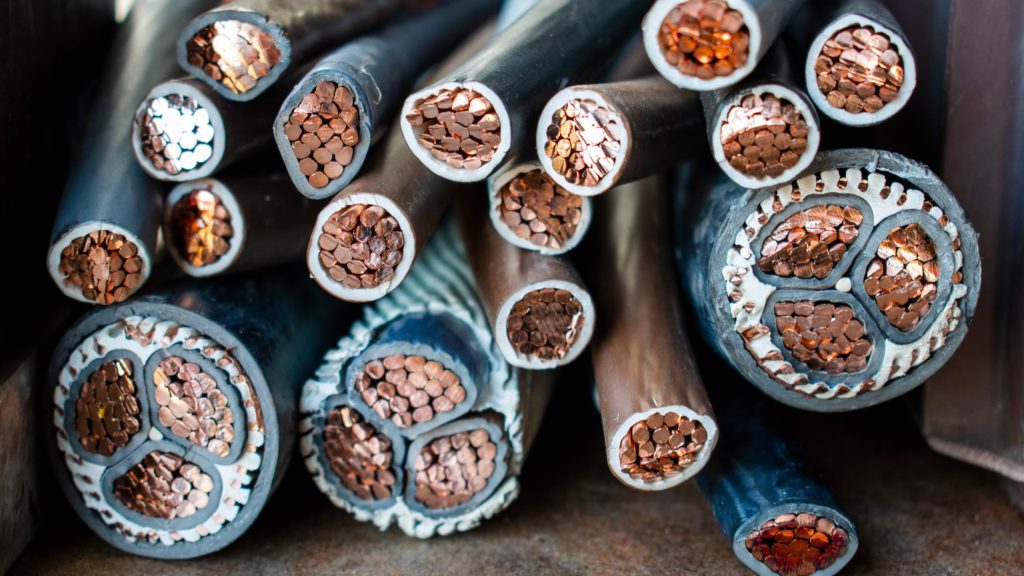Net zero climate target could fail without more copper supply – report

Efforts to reach carbon neutrality by 2050 are likely to remain out of reach as copper supply fails to match demand amid the growing use of solar panels, electric vehicles, and other renewable technologies, data from S&P Global showed on Thursday.
The world’s appetite for the red metal will reach 53 million tonnes annually by mid-century – more than double current levels – but falls short of supply by 2.7 million tonnes without more recycling and mining, the report forecasts.
“People who say that there’s enough copper supply out there are not taking into account the scale of the energy transition,” Dan Yergin, S&P’s vice chairman, told Reuters. “Without some give, you’re not going to be able to achieve those climate goals.”
Reaching carbon neutrality by 2050, a goal often described as “net zero,” is the central aim of the Paris Climate Accords. Copper is used to make wiring found in a range of electronic devices. Electric vehicles use twice as much copper as internal combustion engines.
US copper imports, the report found, are likely to grow from about 44% of the nation’s consumption this year to as much as 67% by 2035. Several proposed copper mines across the country face strong political opposition, which could limit domestic production growth.
The report said more efficient uses of copper through technological innovation are more likely than requiring consumers to use fewer products built with copper.
Teck Resources, Glencore Plc and other copper producers helped fund the report. S&P said none of the sponsors had any editorial control or saw the report until it was publicly released.
(By Ernest Scheyder; Editing by Sam Holmes)
More News
{{ commodity.name }}
{{ post.title }}
{{ post.date }}



Comments